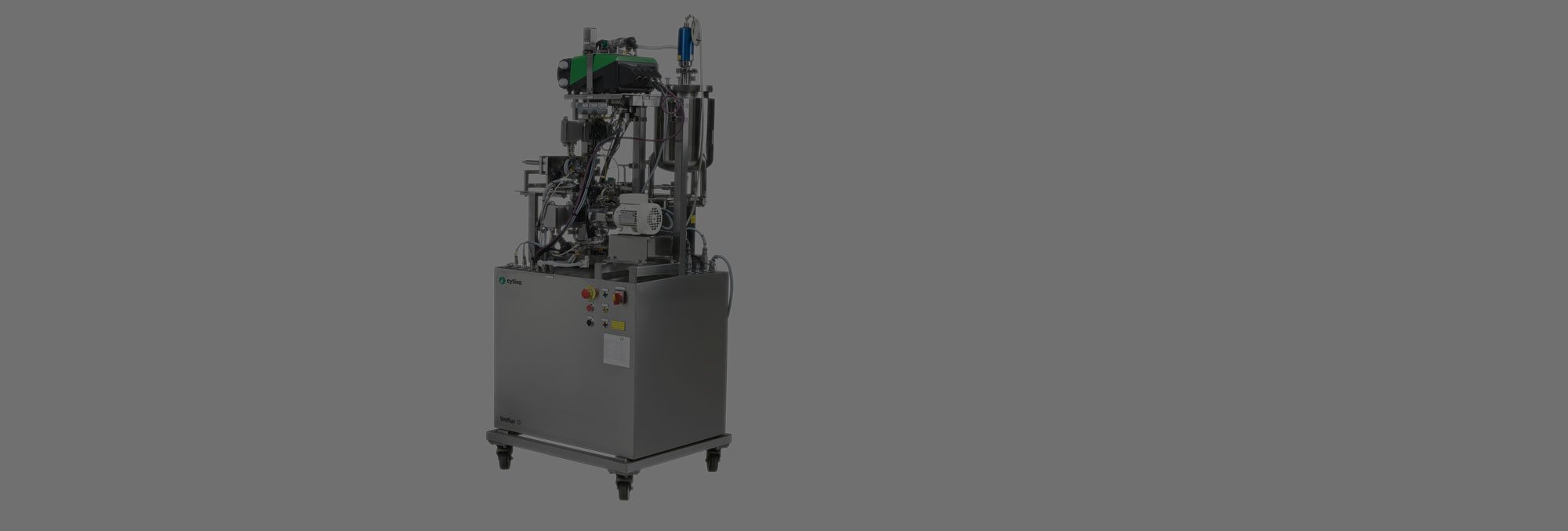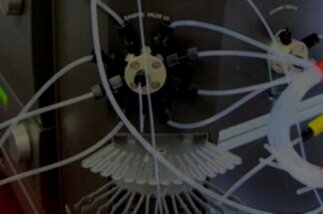
Service for AKTA UniFlux Tangential Flow Filtration Systems
You rely on your equipment. Your equipment should rely on ATG.
Analytical Technologies Group has deep expertise maintaining and repairing AKTA™ instruments, including the AKTA UniFlux™ cross flow filtration system. We are able to perform rapid repairs due to keeping parts on hand and having only the most knowledgeable field service engineers who specialize in only a small number of product lines.
Keeping your production line running smoothly is a top priority. See why over 4,000 customers trust ATG to maximize their uptime and provide rapid responses to any emergency maintenance needs.
Tips for keeping your AKTA UniFlux™ in good working order:
Before each run or weekly:
Set the UV monitor to auto-zero by using the function in UNICORN.
Clean, calibrate and store the pH electrode adequately.
Make sure that protective earth wiring is not disconnected or damaged.
Monthly:
Check the pump for oil leakage.
Check connections and seals for leakages. Replace seals if needed.
Annually or as needed:
Replace the pH electrode if difficulties are faced throughout calibration.
Clean and calibrate the conductivity monitor.
Replace the UV lamp when the intensity becomes low or when a lamp failure is indicated by in UNICORN.
Having technical problems with your AKTA UniFlux™?
Fast Response
We provide very prompt responses to customers within one business day.
Fast Turnaround
Our field service engineers are expediently dispatched across North America & Europe to fulfill your service request.
Expert Staff
ATG’s highly trained, highly skilled staff ensure your instruments remain in optimal condition.
Parts In Stock
To minimize instrument downtime, we stock virtually all parts for the systems in which we specialize.
AKTA UniFlux™ Troubleshooting Tips:
If a power failure occurs during a run, check the circuit breaker, both in system and for external supply, as applicable.
If the pump has low or no flow, check that you are using the correct inlet and ensure that the inlet containers are placed at an appropriate height relative to the pump (they should be at or above the level of the pump). Inlet containers too low can cause problems. Also, ensure the inlet containers have a sufficient amount of liquid. Inlet tubing which is too long or too narrow can also cause pressure or flow loss.
If the outlet pressure is too high, ensure the outlet containers are placed at or below the level of the pump. Additionally, check that the tubing is of an appropriate internal diameter and is not kinked or otherwise obstructed.
If the UV curve displays a ghost peak, clean the system.
If the UV signal is noisy, check the connections of the UV cell optical fiber (and replace it if necessary), and clean the UV cell.
If the pressure curve shows an erratic flow, a noisy baseline signal, or an irregular pressure trace, check that there is a sufficient supply of liquid, and check all connections for leaks.
If the peristaltic pump shows little to no flow, check the pump hose for damage.
Flow which is too high or low during the air integrity test is a sign of filter problems. Too high of flow indicates a clogged filter which needs to be cleaned. Too low of flow indicates a structural problem with the filter, which requires replacement.
If the conductivity measurements are incorrect, ensure the temperature compensation is correctly set. If it is, recalibrate the conductivity cell. If that does not solve the problem, prepare a new calibration solution and try again.
Baseline drift or a noisy conductivity signal can be an indication of leaks or a dirty conductivity cell. Check all tubes and connections and clean the cell.
If the pH curve is slow to respond to pH changes or seems to not be responding as much as expected, you may need to clean the electrode.
If the pH curve is not responding to pH changes at all, ensure the cable to the electrode is properly connected. If so, you likely need to replace the electrode, as the membrane may be cracked.

